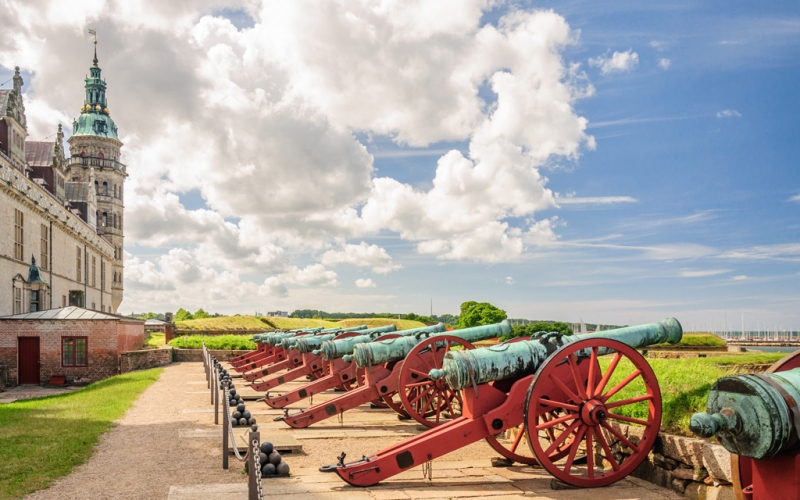
There are many legends about the greatest poet and playwright of England: some skeptics believe that the author of literary masterpieces was not William Shakespeare. No manuscripts have been preserved, there is no information about the poet’s education, his literacy is also in question – we will no longer know for certain whether Shakespeare was actually the author of Hamlet, Romeo and Juliet and other outstanding works. But one way or another, on April 23, 1616, the poet passed away. And this year marks exactly 400 years since his death. The locations of Shakespeare’s plays have proven popular among tourists, most of them in England and Italy. We have prepared a list of places that are in one way or another connected with one of the best poets of all time, as well as a selection of the most interesting events dedicated to the anniversary.
Stagings in Warsaw
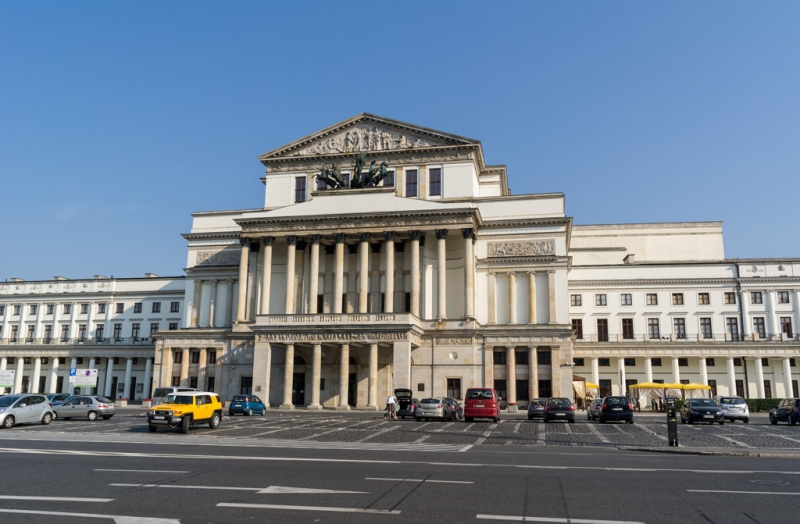
Operas based on Shakespeare’s plays are performed at the Warsaw Grand Theater (Teatr Wielki; on the map) from April 9 to April 28. The productions are made on a large scale: the best ballet troupe of the Opera and Ballet Theater is involved. 13 — On April 15, Romeo and Juliet will be shown here, 19 — April 20 – “A Midsummer Night’s Dream”, April 21 – “Hamlet”, 22 — April 24 – “Storm”, and 27 — On April 28, the festival of Shakespeare productions will end with the comedy “The Taming of the Shrew.”
Events in Chicago

The 400th anniversary of the poet’s death is being wildly celebrated in Chicago. The productions will run until the end of December, so there is enough time to obtain a visa. For example, from August 4 to 14, viewers will see the play “The Merchant of Venice” staged by the Globus Theater.
The Garage Theater (on map) will be performing a production of Richard III until May 1st. The performance is unusual in that the actor playing the main role plays while sitting in a wheelchair. This should present the hero-villain in a new, unusual perspective.
And at the end of the year, from December 14 to 21, the play “The Winter’s Tale” will take place at the Chicago Shakespeare Theater (on the map). The production received much praise from critics.
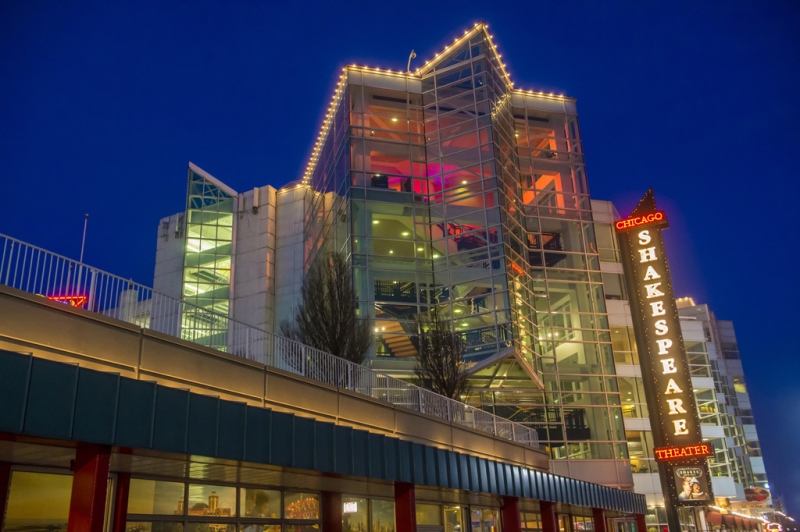
Globus Theater

It was in this London theater that Shakespeare presented his works to the public. The first Globe building was built in 1599, and it belonged to the theater actors. In 1613, during the performance of Henry VIII, the building was almost completely destroyed by fire. The cannon salvo planned during the play failed: it misfired, resulting in the thatched roof catching fire. The actors and spectators survived, but the theater was seriously damaged. It was restored, but then the Puritans insisted on closing the theater. The building was demolished in 1644.
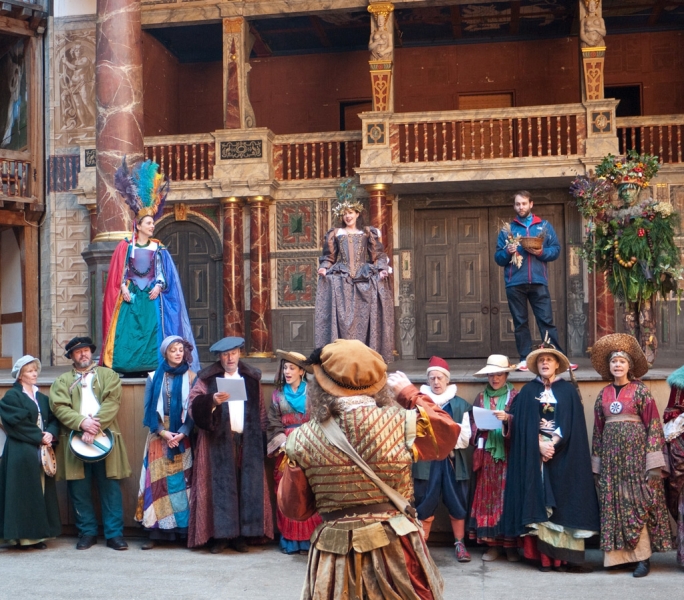
The location of the Globe (on the map) was only found out in 1989 from the discovery of a foundation at the site of the parking lot. They decided to rebuild the theater. The new theater building is located two hundred meters from the old one; they tried to make it as similar as possible to the original – right down to the roof, which is also made of straw. The Globus still stages performances, but only during the warm season – from May to October. Excursions are available at any time of the year.
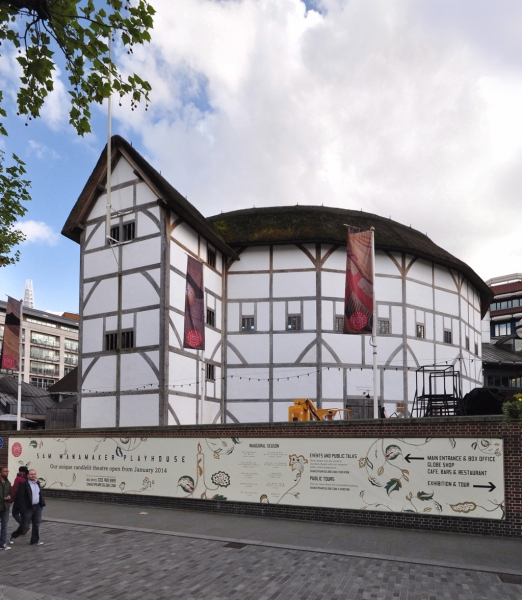
Shakespeare House Museum

The poet was born in the small town of Stratford-upon-Avon, whose population today is slightly over twenty thousand people. The house of William Shakespeare’s parents is located on Henley Street (on the map) and by modern standards seems simple and unremarkable. But in the 16th century it was considered very expensive and respectable. The poet’s father, John Shakespeare, was first a wealthy artisan, then took the position of alderman – the elder of the city, and later became the head of the city council. William inherited the house after his father’s death. The poet rented it out, and the family home turned into a small hotel.
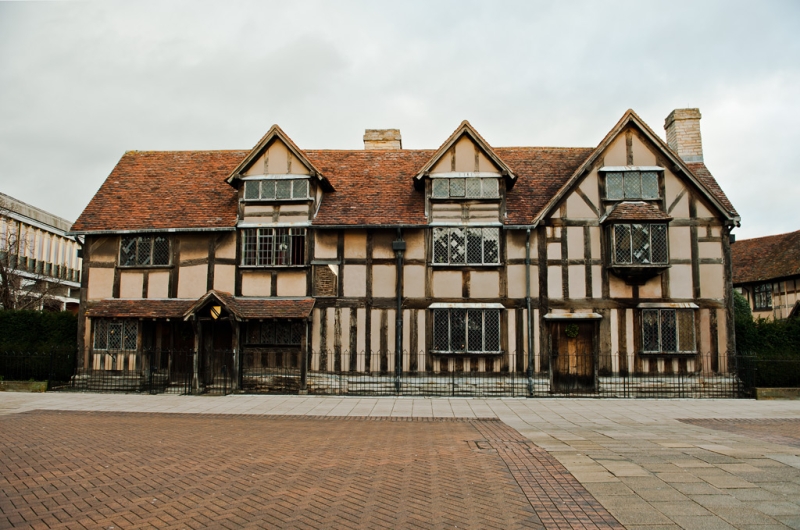
The layout of the house is standard for those times. On the ground floor there is a living room with a fireplace, a workshop and a large hall. On the second floor there are three bedrooms. Later an extension was added to the house. Many items are not replicas, but genuine. The copies are antique and accurately replicate the design of that period. Museum workers approach authenticity with the utmost rigor: tour guides even wear sixteenth-century costumes so that tourists are fully imbued with the spirit of the times.
“Juliet’s Balcony”
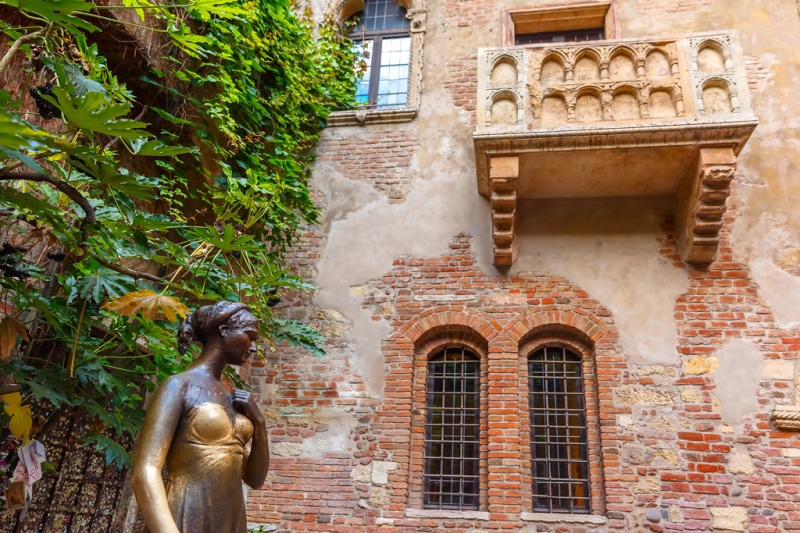
The balcony where the heroine of the Shakespearean tragedy went out to meet her lover did not exist in reality. However, resourceful people found a place in Verona that was ideally suited to the one described in the play. The prototype of the Capulet family was the Capello family, which had a large house in Verona (on the map).
The building was restored with an eye on the attention of tourists and romance was added to the surroundings: frames around the windows appeared, the design of the arch changed, and the same “Juliet’s balcony” appeared – initially there were no balconies on the facade of the house.
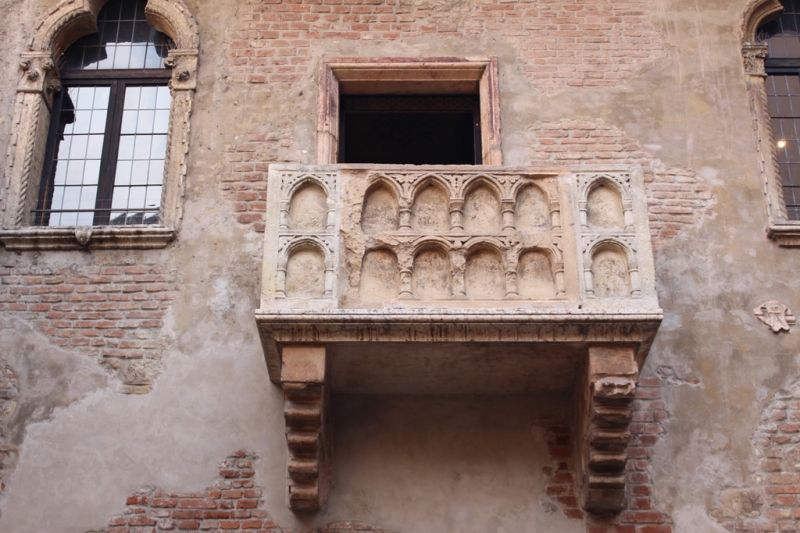
The bronze statue of the heroine was installed in 1972. There is a belief among tourists that whoever touches Juliet’s right breast will be lucky in love. The lone tourists seemed to rub the statue’s chest so desperately that it literally cracked. The Verona authorities moved the sculpture to the museum, and placed a copy in the courtyard of Capello’s house. When visiting this place, please note that leaving notes and inscriptions on the walls will result in a fine of 500 euros.
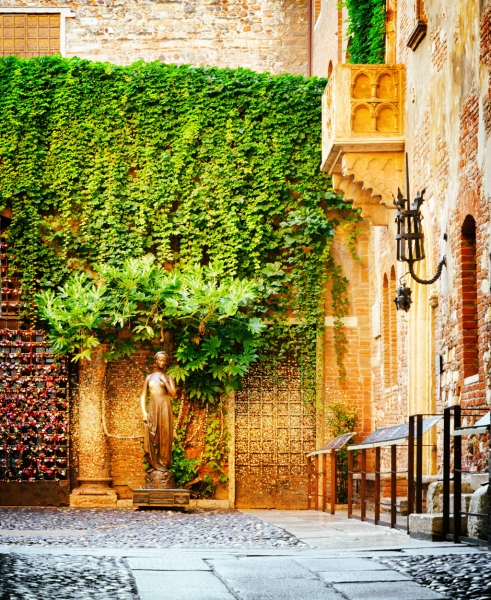
“Juliet’s Tomb”
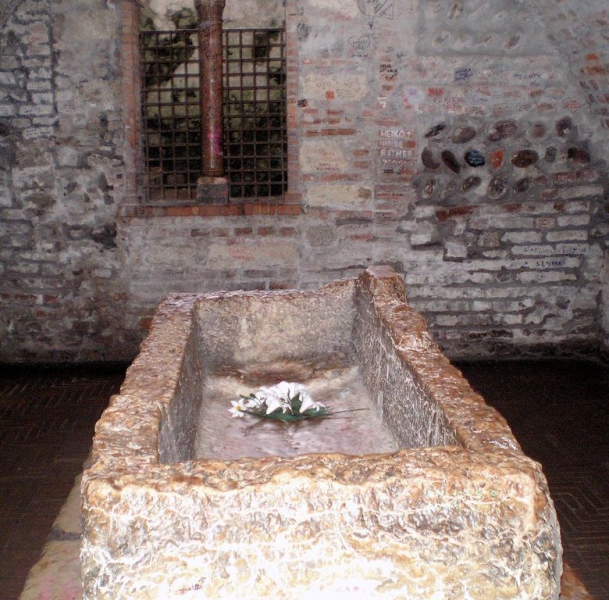
As in the case of the balcony, Juliet’s tomb does not exist due to the fact that Juliet herself is a figment of the imagination of Luigi da Porto, who first created the images of lovers Romeo and Juliet. Then Shakespeare picked up the idea and developed it into a full-fledged play. The tomb (on the map) discovered in a monastery not far from Capello’s house has long been considered the burial place of Juliet.
It is not possible to determine who actually rested here – the sarcophagus is nameless. The tomb is empty, so it is also impossible to conduct a modern analysis of the remains. But these facts do not affect the popularity of the place among tourists: the tomb is regularly visited by fans of the writer’s work and leaves flowers for his unfortunate heroine. Don’t be surprised by the “worn-out” appearance of the tomb – it’s not because of age, but because pieces of marble were previously broken off to be used for jewelry. Now, of course, this is strictly prohibited.
“Romeo’s House”
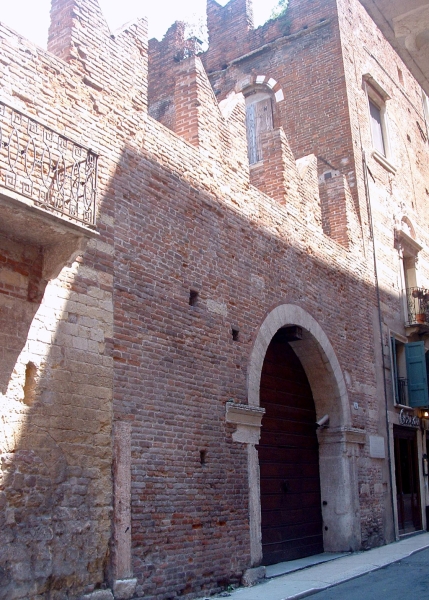
The mansion (on the map) was built in the 14th century. The building is made in the Gothic style; it originally belonged to the Nogarola family. Subsequently, the owners changed several times; in 1930, the Verona Literary Society decided to establish a Shakespeare Museum here, but the plans were interrupted by the Second World War.
At some point, the mansion passed into private hands, and that’s where all the information about Romeo’s House ends. It is known that city authorities offered the owners of the mansion to sell it and open a Shakespeare museum, but the owners of the house do not make contact. Since the place is private, entry is prohibited, and Romeo’s House can only be viewed from the outside.
Elsinore
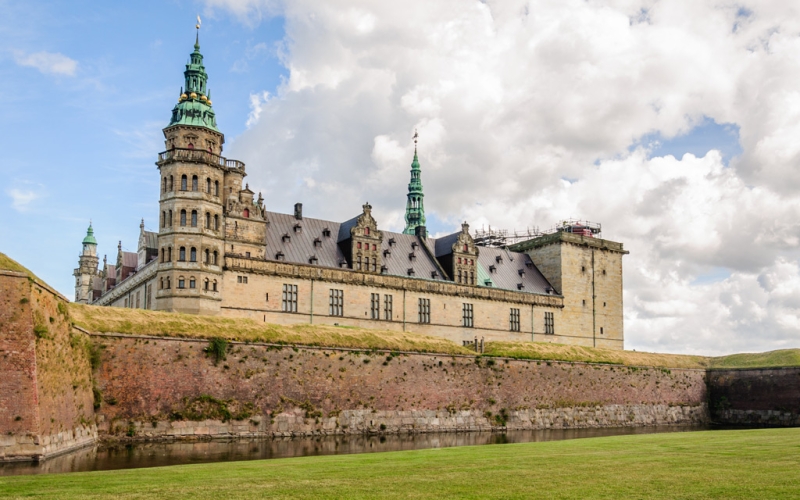
The city of Elsinore, located in Denmark on the island of Zealand, was chosen by Shakespeare as the setting for the tragedy “Hamlet”. The castle (on the map) is called Kronberg – which means “fist” in Danish. The castle was once used as a prison, and now tours are held there.
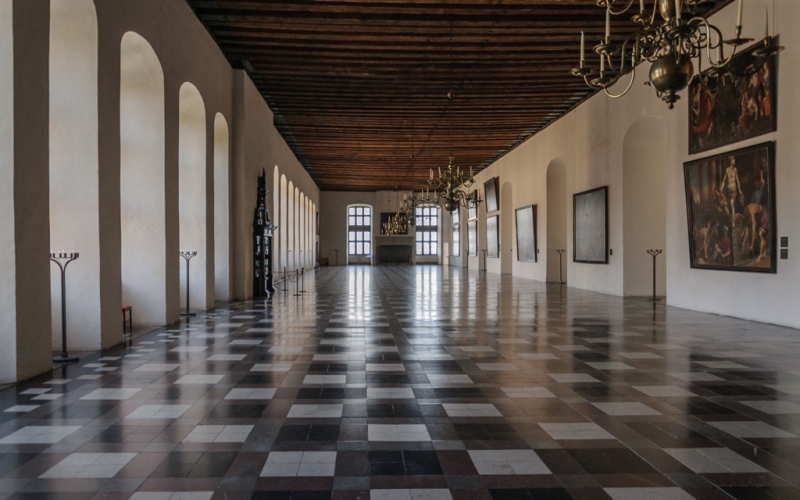
The first showing of “Hamlet” at Kronberg took place in 1816 in honor of the bicentenary of the playwright’s death. The tradition has taken root and now anyone can watch one of Shakespeare’s most famous plays here. You probably won’t find a more atmospheric and suitable place.
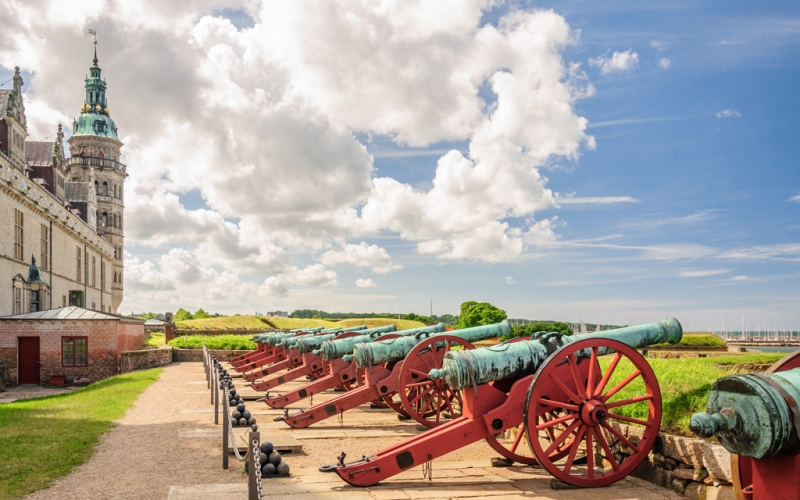
Anne Hathaway’s House
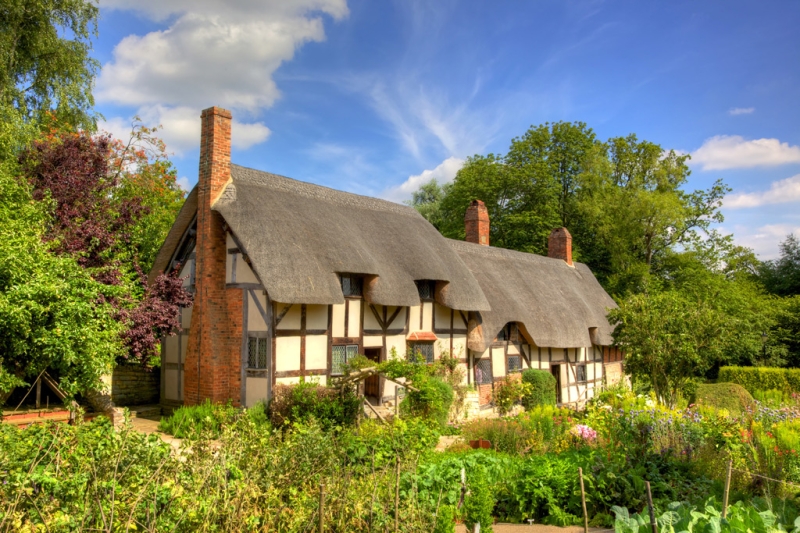
The relationship between William Shakespeare and his wife Anne Hathaway is described in different ways: it is known that the poet was only eighteen years old at the time of his marriage, and his chosen one was eight years older and was also expecting a child. There are hypotheses that she “took over” the young poet – William’s father was very wealthy, which promised a comfortable existence. What actually happened is unknown, but the couple lived together until Shakespeare’s death and raised three children.
Anne Hathaway’s house (on the map) is located in the small village of Shottery, which is now part of Stratford (an area in northeast London). It does not stand out from the background of other buildings; you need to know exactly where to go so as not to spend a lot of time searching.
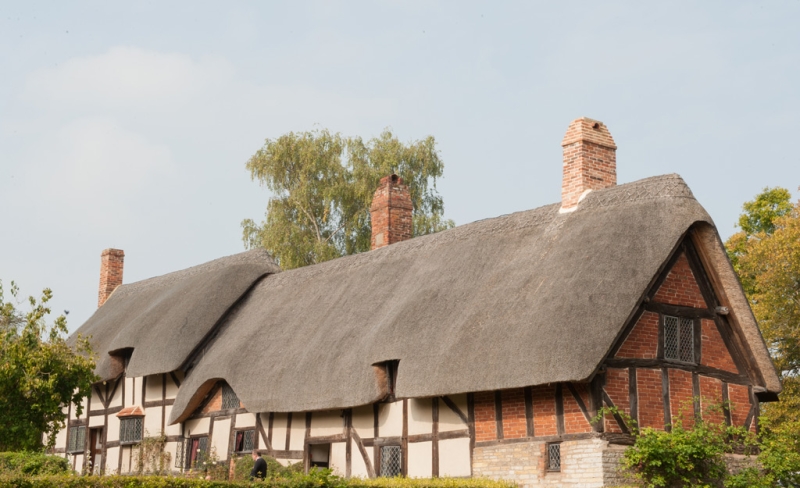
The Folger Shakespeare Library
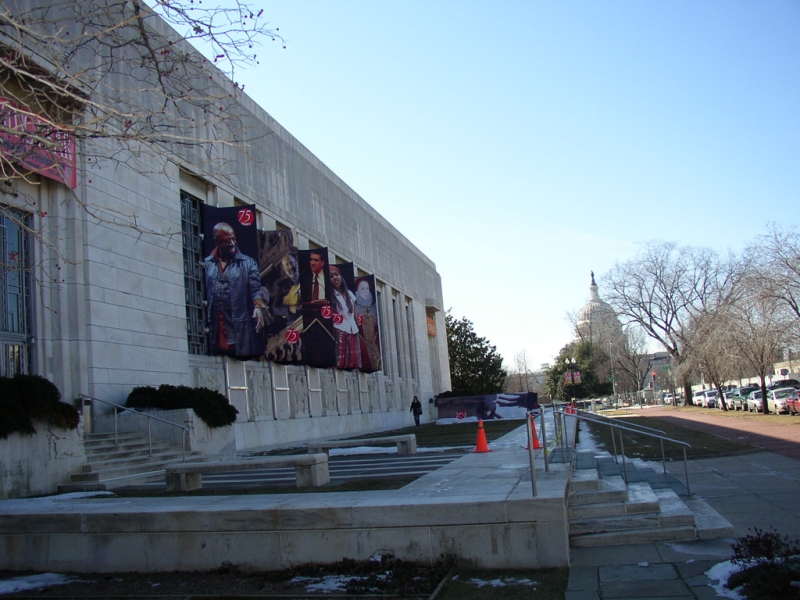
The collections of this small library dedicated to the work of Shakespeare contain rare editions of his works, including those from the 17th-19th centuries. It is located in Washington (on the map),
and if you are a fan of the poet’s work, you will not regret the time spent on the trip.
The library was founded in 1885 by a great admirer of the works of the British playwright – Henry Folger, president of the board of the oil company Standard Oil. Thanks to this man, in one building it was possible to collect unique editions of Shakespeare, as well as thematic collections of coins, manuscripts, theatrical costumes and other things related to William Shakespeare and his era.
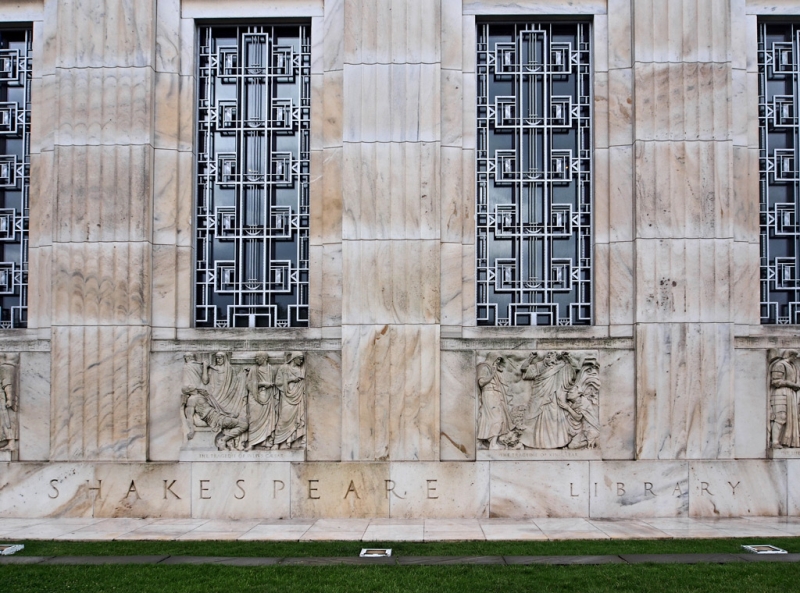
It’s convenient to book a hotel on OneTwoTrip.

